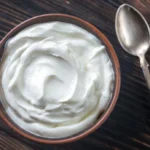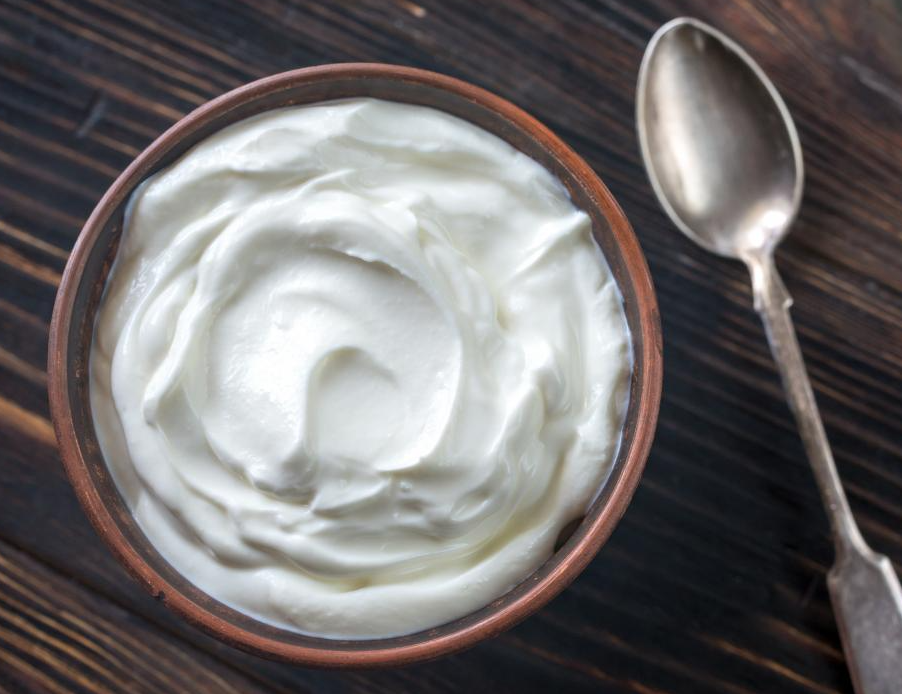Introduction to Reducing Salt Intake
Salt, a seemingly innocuous ingredient found in nearly every kitchen, has long been a culinary staple and flavor enhancer. Yet, despite its ubiquity and the pleasure it brings to our taste buds, the excessive consumption of salt poses a significant health risk. In this section, we will delve into the importance of reducing salt intake and explore a variety of tantalizing, yet health-conscious, alternatives.
While salt may be essential for bodily functions, the modern diet has far exceeded the recommended daily intake, with salt-laden processed foods and restaurant dishes becoming the norm. Excessive salt consumption has been linked to a host of health issues, including high blood pressure, heart disease, stroke, and kidney problems. Moreover, it can contribute to water retention and bloating, leaving us feeling less than our best.
However, the good news is that reducing salt intake doesn’t mean sacrificing flavor. In fact, it’s an opportunity to embark on a culinary adventure, discovering an array of herbs, spices, and other natural seasonings that can elevate your dishes to new heights. From the zest of citrus fruits to the earthy depth of fresh herbs and the complexity of exotic spices, there’s a world of flavors waiting to be explored.
In the pages that follow, we will guide you through the journey of reducing your salt intake without compromising on taste. We’ll introduce you to flavorful alternatives and inventive seasoning combinations that will not only protect your health but also awaken your taste buds to a whole new realm of deliciousness. So, let’s embark on this savory expedition together, as we discover the myriad ways to savor food without the excess salt.
Using Lower Sodium Condiments
One of the most effective ways to reduce your sodium intake while still enjoying flavorful meals is by incorporating lower sodium condiments into your cooking. Salt is a ubiquitous seasoning in many dishes, but it’s essential to explore healthier alternatives that can add depth and complexity to your food without compromising on taste. Lower sodium condiments not only help you control your salt consumption but also provide an opportunity to experiment with new flavors and culinary experiences.
Swap out traditional soy sauce for its reduced-sodium counterpart or even try tamari sauce, which is naturally lower in sodium. These options maintain the umami richness of soy sauce while lessening its saltiness. Similarly, using low-sodium broth or bouillon cubes can make a significant difference in the overall salt content of soups, stews, and sauces without sacrificing the savory goodness of your favorite recipes.
For those who love the zing of condiments, consider mustard, vinegar, and hot sauces as low-sodium alternatives. These ingredients add a delightful punch to your dishes without relying on excess salt. Additionally, freshly squeezed citrus juices such as lemon, lime, or orange can provide a burst of flavor while keeping sodium levels in check.
Experimenting with herbs and spices is another fantastic way to elevate your meals. Stock up on an array of herbs like basil, thyme, rosemary, and spices like cumin, paprika, and turmeric. These seasonings not only reduce the need for salt but also introduce exciting, aromatic dimensions to your dishes.
Incorporating lower sodium condiments into your culinary repertoire is a step toward a healthier, more balanced diet that doesn’t compromise on taste. By exploring these alternatives, you can savor the deliciousness of your meals while taking control of your sodium intake.
Why Salt?
Salt, an essential component of our daily diet, has long been both a culinary staple and a point of concern in the realm of nutrition. This section, “Why Salt,” aims to shed light on the significance of salt in our diets and explore the reasons behind the search for healthier alternatives.
Salt, primarily composed of sodium and chloride ions, plays a crucial role in our bodies. Sodium, in particular, is vital for nerve function, muscle contractions, and maintaining proper fluid balance. However, excessive salt consumption has been linked to a host of health problems, including hypertension, cardiovascular disease, and kidney issues. It’s this double-edged nature of salt that has prompted a growing interest in finding healthier options.
As our understanding of nutrition evolves, so does our quest for alternatives to traditional table salt. Many individuals are turning to substitutes like sea salt, Himalayan pink salt, and low-sodium seasonings to reduce their sodium intake without sacrificing flavor. Additionally, exploring herbs, spices, and citrus zest can elevate dishes with vibrant taste profiles while reducing reliance on salt.
In this exploration of healthy salt alternatives, we will delve into various options, examining their flavor profiles, culinary applications, and potential health benefits. By understanding why we use salt and the potential risks associated with excessive consumption, we can make informed choices about how to season our food while prioritizing our well-being. Join us in this culinary journey as we discover how to strike a balance between savoriness and health-conscious eating.
Top 10 All-Natural Alternatives to Salt for Flavorful and Healthy Cooking
Salt is a staple in many kitchens, but excessive consumption can lead to health problems such as high blood pressure and water retention. Luckily, there are plenty of all-natural alternatives to salt that can add flavor to your cooking while keeping it healthy. Here are the top 10 alternatives:
- Herbs and Spices: Fresh or dried herbs and spices like basil, oregano, rosemary, cumin, and paprika can provide a burst of flavor to any dish.
- Lemon and Lime Juice: Instead of sprinkling salt, squeeze some fresh lemon or lime juice on your food. It adds a zesty and tangy flavor that can elevate any meal.
- Vinegar: Vinegar, whether it’s apple cider, balsamic, or red wine vinegar, can enhance the taste of salads, marinades, and sauces.
- Garlic and Onion: These aromatic vegetables are packed with flavor and can be used to season soups, stir-fries, and roasted vegetables.
- Coconut Aminos: Derived from coconut sap, coconut aminos is a great alternative to soy sauce or tamari. It adds a savory and slightly sweet flavor to Asian-inspired dishes.
- Nutritional Yeast: Nutritional yeast is a deactivated yeast that has a cheesy, nutty flavor. Sprinkle it on popcorn, pasta, or roasted vegetables for a delicious umami taste.
- Seaweed: Seaweed, such as nori, dulse, or kelp, is a natural source of iodine and can add a salty taste to dishes. Use it in salads, soups, or as a snack.
- Citrus Zest: The zest of citrus fruits like oranges, lemons, and limes contains aromatic oils that can brighten up your recipes. Use it in marinades, dressings, or desserts.
- Herbal Salt Substitutes: There are also commercially available herbal salt substitutes that mimic the taste of salt using a blend of herbs and spices. Look for products like Herbamare or Mrs. Dash.
- Nuts and Seeds: Crushed nuts or toasted seeds can add a crunchy texture and a hint of earthy flavor to your dishes. Incorporate them into salads, grain bowls, or baked goods.
By incorporating these all-natural alternatives into your cooking, you can reduce your salt intake without sacrificing flavor. Experiment with different combinations to find your favorite substitutes and enjoy delicious and healthy meals.
Conclusion
In a world where flavor often takes precedence over health, the quest for healthy alternatives to salt has led us on a culinary journey filled with delicious discoveries. In this exploration, we’ve unveiled a plethora of options that not only tantalize our taste buds but also prioritize our well-being. From the umami richness of herbs and spices like rosemary and thyme to the satisfying crunch of roasted nuts and seeds, these alternatives offer a satisfying array of flavors and textures. The versatility of ingredients like citrus zest, vinegar, and miso paste has empowered us to create mouthwatering dishes without relying on excessive sodium. Furthermore, the emergence of innovative salt substitutes such as potassium chloride offers hope for those who need to monitor their sodium intake closely.
In our pursuit of healthier choices, it’s clear that the path to reducing our salt consumption need not be bland or boring. By embracing these alternatives, we can unlock a world of culinary creativity that benefits both our taste buds and our bodies. So, whether you’re seeking to lower your sodium intake for health reasons or simply looking to elevate your dishes to new heights, these alternatives to salt are here to guide your culinary endeavors. Remember, the road to a healthier, more flavorful diet begins with a single step—perhaps, in this case, a sprinkle of herbs, a squeeze of citrus, or a handful of crunchy nuts. Embrace the possibilities, and let your taste buds revel in the vibrant, salt-conscious world of gastronomy.










Leave a Reply